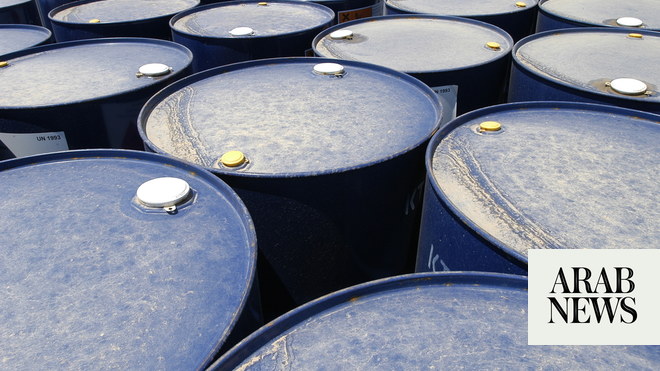
TOKYO, Oct 12 (Reuters) - The yen’s plunge to its lowest level in nearly three years is threatening to stifle Japan’s fragile economic recovery from the COVID-19 pandemic by making already soaring commodities even dearer.
The Japanese currency sank as far as 113.495 per U.S. dollar on Tuesday, a level not seen since December 2018, after its steepest slide in five months on Monday and four straight weeks of decline.
Over the past month, the yen has weakened against every one of its G-10 peers, partly fuelled by the oil rally, as yen flows out of the country to buy increasingly pricey crude.
Indeed, Brent crude soared to the cusp of $85 a barrel on Monday for the first time in three years.
Japan buys almost all of the oil it needs overseas. A weaker yen makes those imports more expensive, squeezing company profits as firms try to absorb higher costs rather than raising prices for households, long struggling with tepid wage growth.
“A weak yen when a rally in oil is gaining momentum will simply help national income flow overseas,” said Daisuke Karakama, chief market economist at Mizuho Bank in Tokyo.
“Given Japan’s limited domestic production facilities, benefits to exports will be limited, so for the economy, you can call this ‘bad’ yen weakness.”
Stock investors are already taking a grim view of the yen’s sharp decline.
Japan’s Nikkei share average slumped 0.94% on Tuesday, while the broader Topix slid 0.70%, with the shares of importers particularly hard hit.
Electric and gas companies -- big energy importers -- fell the most among Topix subsectors, losing 2.2%, followed by airlines and retailers.
Automakers, a traditional beneficiary of currency weakness, only managed gains of about 0.5%.
The combination of higher oil prices and a weak currency pushed wholesale inflation to its highest in 13 years last month, Bank of Japan data showed Tuesday, resulting in a painful squeeze on profit margins.
“Japanese consumers are very price sensitive - if they see that the price of something has gone up, they don’t buy it - so companies absorb the higher costs,” said Tohru Sasaki, Tokyo-based head of Japan market research at JPMorgan, who forecasts the yen will be at 114 per dollar by mid-2022.
“The question is how much more they can absorb,” he said. “It is already painful.”
That’s not to say consumers have been completely insulated. Prices at the gas pumps have been climbing, and staples from coffee to beef are rising for the first time in years.
Osamu Takashima, head of G10 FX strategy at Citigroup Global Markets Japan, sees the potential for the yen to fall as far as 114.50 per dollar in the near-term. But rather than being damaging, he said it would spur much-needed inflation in a country that has been grappling with falling prices for decades.
“Any inflation is ultimately good for the economy,” said Takashima.
“Of course, higher oil prices are negative for Japan’s economy and every economy globally, but I don’t think the current level poses a serious threat.” (Reporting by Kevin Buckland; Editing by Ana Nicolaci da Costa)
Our Standards: The Thomson Reuters Trust Principles.












